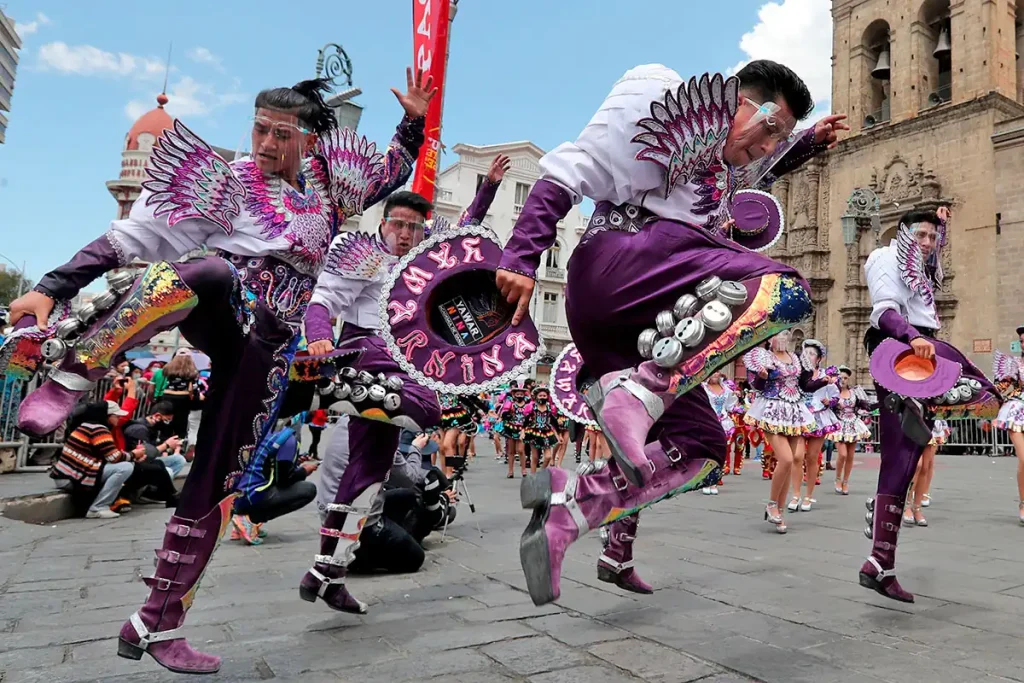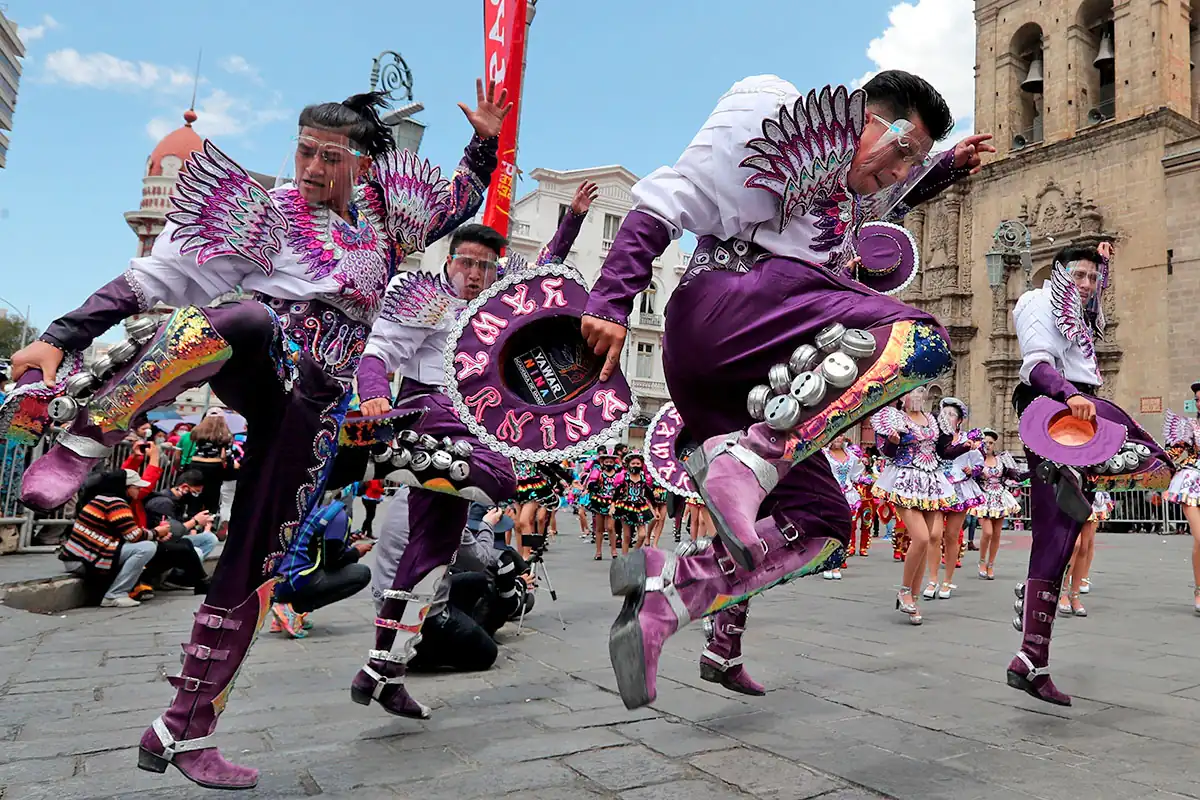Are you curious about Traditional Bolivian Music? In this comprehensive guide, we will delve into the rich and vibrant musical heritage of Bolivia, exploring the diverse genres, instruments, and cultural significance of traditional Bolivian music. From the haunting melodies of the Andean panpipes to the lively rhythms of the Afro-Bolivian drumming traditions, Bolivian music encapsulates the heart and soul of this beautiful South American country.
Popular Traditional Bolivian Music Genres
1. Cueca
The cueca is Bolivia’s national dance and musical genre, characterized by its lively 6/8 rhythm and flirtatious choreography. Couples dance the cueca while waving handkerchiefs in a symbolic courtship ritual, creating a festive and joyful atmosphere.

2. Huayño
Originating in the Andean region, the huayño is a popular folk music genre that combines indigenous and European musical elements. The huayño features lively rhythms and melodic guitar accompaniment, making it a favorite at traditional festivals and celebrations.
3. Morenada
The Morenada is an Afro-Bolivian dance and musical genre that celebrates the cultural heritage of Bolivia’s Afro-descendant communities. Featuring elaborate costumes and rhythmic drumming, the Morenada is a vibrant and lively expression of Bolivia’s multicultural identity.
4. Caporal
Originally performed by Afro-Bolivian communities, the Caporal dance and music genre is strongly associated with the festivities of the Gran Poder in La Paz. It features energetic and vigorous movements, representing the overseers who were historically in charge of slave labor. The dance is characterized by the use of heavy boots and bells known as cascabeles, along with bright, colorful costumes.

5. Tinku
Tinku is a traditional folk music and dance originating from the Potosí region of Bolivia. It began as a form of ritualistic combat among indigenous communities to settle disputes and pray for good harvests. The music is intense and robust, accompanied by rhythmic punching and kicking motions which mimic the original combat dances.
6. Chacarera
Though more commonly associated with Argentina, Chacarera is also popular in the eastern regions of Bolivia. This folk dance is performed by couples who execute a lively and rhythmic sequence of steps in a 6/8 or 3/4 time signature. The music typically features guitars, bombo legüero (a large drum), and sometimes violins and accordions.
8. Taquirari
The Taquirari is a traditional music genre from the eastern lowlands of Bolivia, particularly the department of Santa Cruz. It is often performed during festive occasions and is characterized by its lively tempo and joyful melodies. Instruments typically include guitars, accordions, and sometimes the charango, creating a sound that is both rustic and engaging.
⭐What is the Most Popular Dance Associated with el Carnaval de Oruro ?
Overview of Traditional Bolivian Music
Traditional Bolivian music is a reflection of the country’s multicultural identity, blending indigenous, European, and African influences into a unique and vibrant sound. Bolivia’s diverse geography, which ranges from the high Andean mountains to the tropical lowlands, has played a significant role in shaping the country’s musical traditions.
One of the most iconic instruments in Bolivian music is the charango, a small stringed instrument that is believed to have originated in the Andean region. The charango’s bright and distinctive sound is a key feature of many traditional Bolivian compositions.
Traditional Bolivian music encompasses a wide variety of genres and styles, each with its own unique characteristics and cultural significance. From the lively rhythms of the cueca, Bolivia’s national dance, to the haunting melodies of the sikuri panpipe ensembles, Bolivian music offers a rich tapestry of sounds and rhythms to explore.
Indigenous Musical Traditions
Indigenous music plays a central role in Bolivian culture, with each ethnic group having its own unique musical traditions and instruments. The Andean region, home to the Aymara and Quechua communities, is particularly known for its distinctive panpipe ensembles, such as the sikuri and siku.
The sikuri ensembles, comprised of panpipe players known as sikuris, perform intricate and haunting melodies that echo through the Andean mountains. These ensembles often accompany traditional festivals and rituals, adding a sense of solemnity and spirituality to the proceedings.
European Influences in Bolivian Music
European musical traditions, brought to Bolivia by Spanish colonizers, have also had a significant impact on Traditional Bolivian Music. Classical European instruments such as the guitar and violin were adopted by Bolivian musicians and incorporated into traditional folk music genres.
The huayño, a popular folk music genre in Bolivia, combines indigenous and European elements to create a lively and infectious sound that is often accompanied by dances featuring intricate footwork and colorful costumes. The influence of European melodies and harmonies can be heard in many traditional Bolivian compositions, adding a unique twist to the country’s musical landscape.
Afro-Bolivian Music and Dance
Afro-Bolivian music and dance traditions, originating from the communities descended from African slaves brought to Bolivia during the colonial period, add another layer of diversity to Bolivia’s musical heritage. The rhythms of Afro-Bolivian drumming and percussion ensembles, such as the saya and tundiques, are deeply rooted in African musical traditions.
These energetic and dynamic musical styles are often accompanied by traditional dances that feature elaborate costumes, syncopated rhythms, and complex choreography. Afro-Bolivian music and dance are an integral part of Bolivia’s cultural identity, showcasing the country’s rich multicultural heritage.
Instruments of Traditional Bolivian Music
Traditional Bolivian music features a wide array of unique and traditional instruments, each with its own distinctive sound and cultural significance. From the charango and panpipes to the bombo and quena, Bolivian instruments reflect the country’s diverse cultural heritage and musical traditions.
Traditional Bolivian music is a testament to the country’s rich cultural heritage and diverse multicultural identity. From the haunting melodies of the Andean panpipes to the lively rhythms of Afro-Bolivian drumming traditions, Bolivian music captivates the senses and reflects the vibrant spirit of this beautiful South American nation. Whether you are drawn to the intricate harmonies of the sikuri ensembles or the infectious energy of the Morenada dance, traditional Bolivian music offers a wealth of musical treasures to explore and enjoy.

